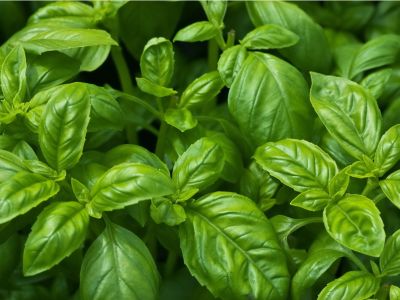Common Basil Diseases
Fusarium Wilt
Fusarium wilt is among the most common basil diseases. This basil wilt disease most commonly affects sweet basil varieties, but other basil varieties are still somewhat vulnerable. Symptoms of fusarium wilt include:
stunted growth wilted and yellowing leaves brown spots or streaks on the stem severely twisted stems leaf drop
Fusarium wilt is caused by a fungus that can be carried by either the soil that affected basil plants have been growing in or by seeds from infected basil plants. There is no remedy for fusarium wilt. Destroy infected plants and don’t plant basil or other mint plants in that area for two to three years. Even if a basil or mint plant cannot be hurt by fusarium wilt, they can carry the disease and infect other plants.
Bacterial Leaf Spot or Basil Shoot Blight
This basil disease is caused by a bacteria called Pseudomonas cichorii. Symptoms of bacterial leaf spot are black or brown spots that appear on the leaves and streaking on the stems of the plant. Bacterial leaf spot occurs when infected soil is splashed onto the leaves of the basil plant. While there is no fix for bacterial leaf spot, you can minimize the damage by making sure that your basil plants have plenty of air circulation and that they are watered in a way so that the bacteria is not splashed onto the leaves.
Downy Mildew
Downy mildew is a relatively new basil disease that has only started to affect basil in the past few years. The symptoms of downy mildew include yellow leaves that have fuzzy, grey growth on the undersides of the leaves. Downy mildew is aggravated by overly wet conditions, so if it appears on your basil plants, make sure you reduce overhead watering and that the basil plants have good drainage and good air circulation.
Other Basil Plant Problems
The basil diseases listed above are specific to basil plants, but there are a few other problems with growing basil that can happen. They include:
Root rot Nitrogen deficiency Slugs Thrips Aphids
